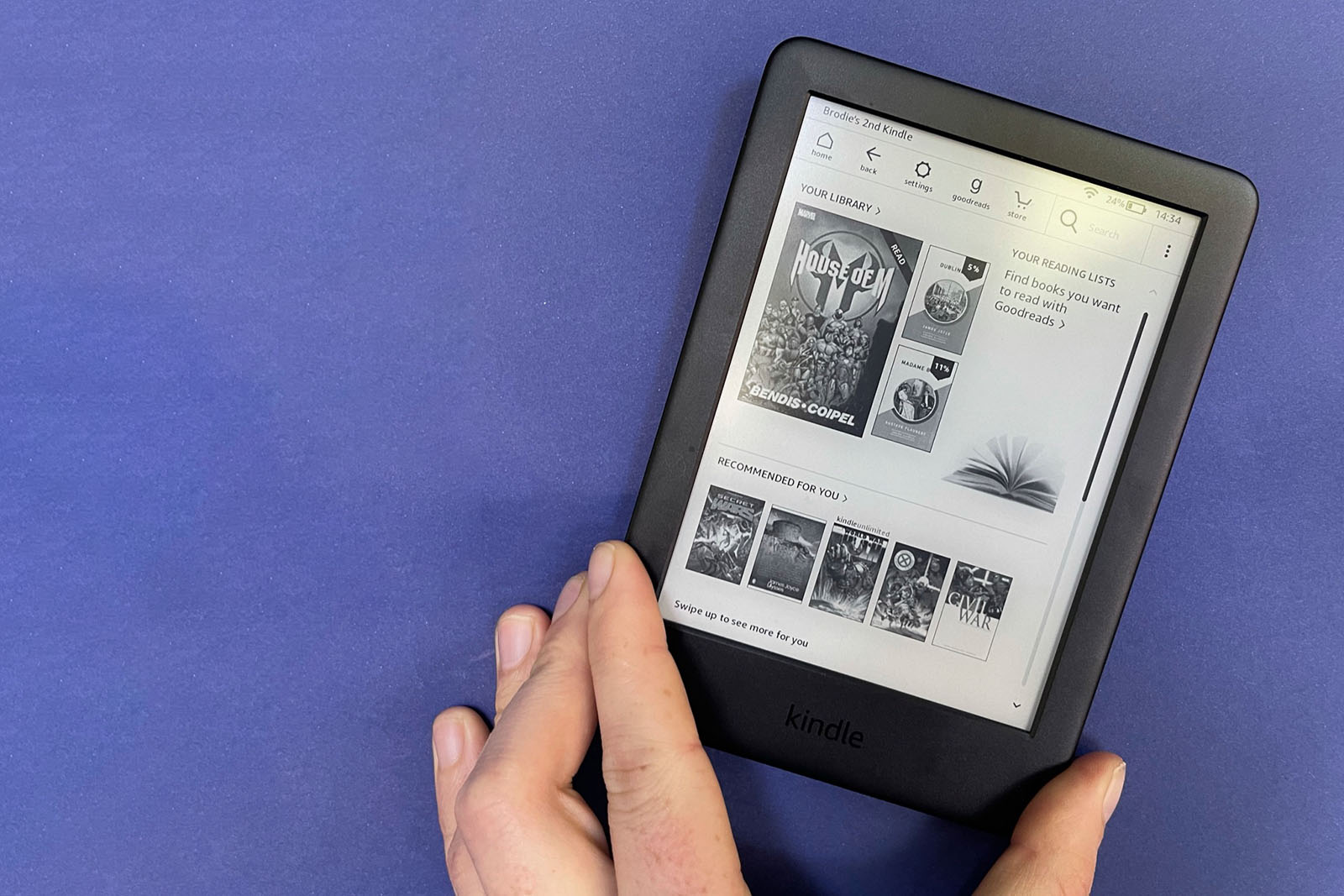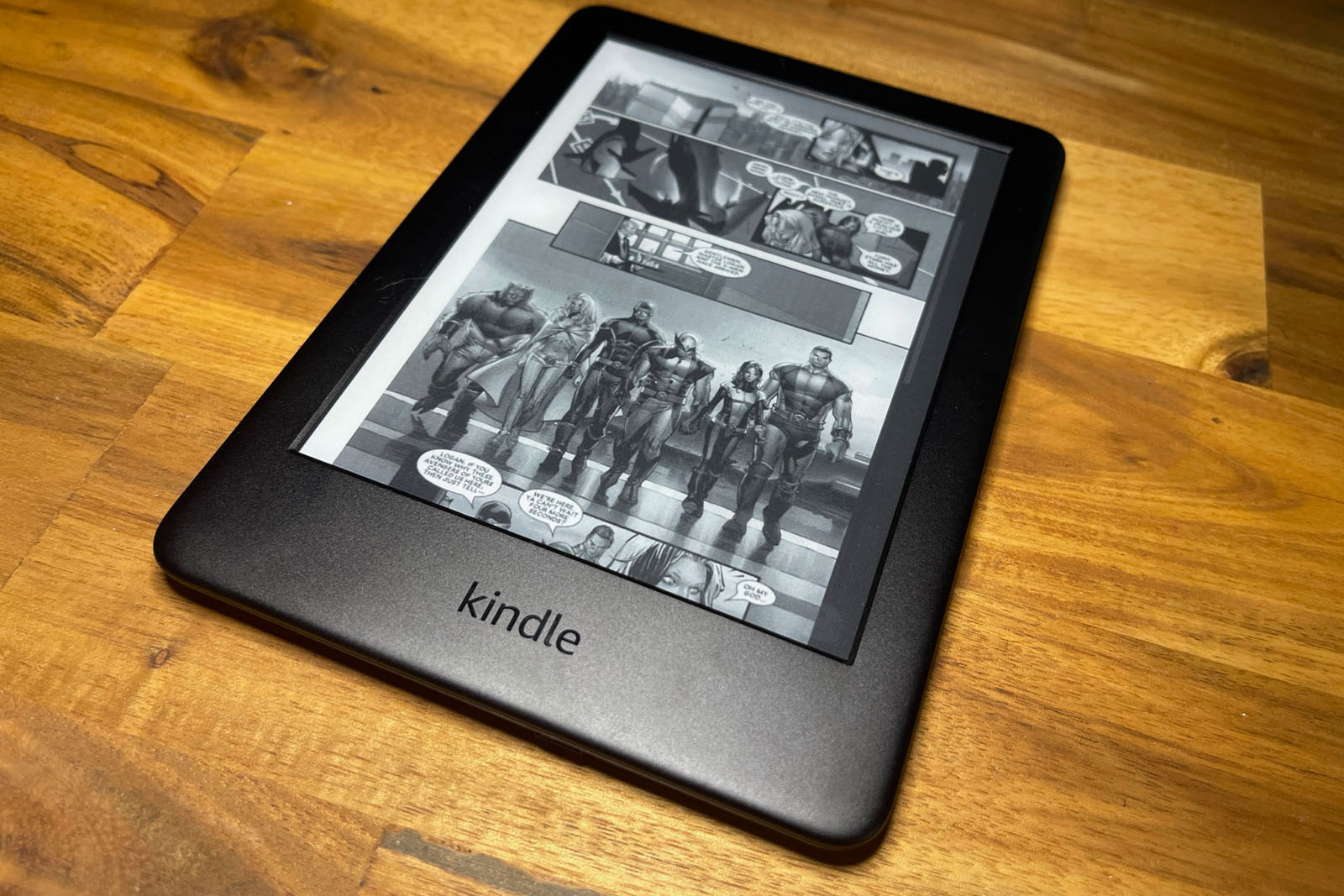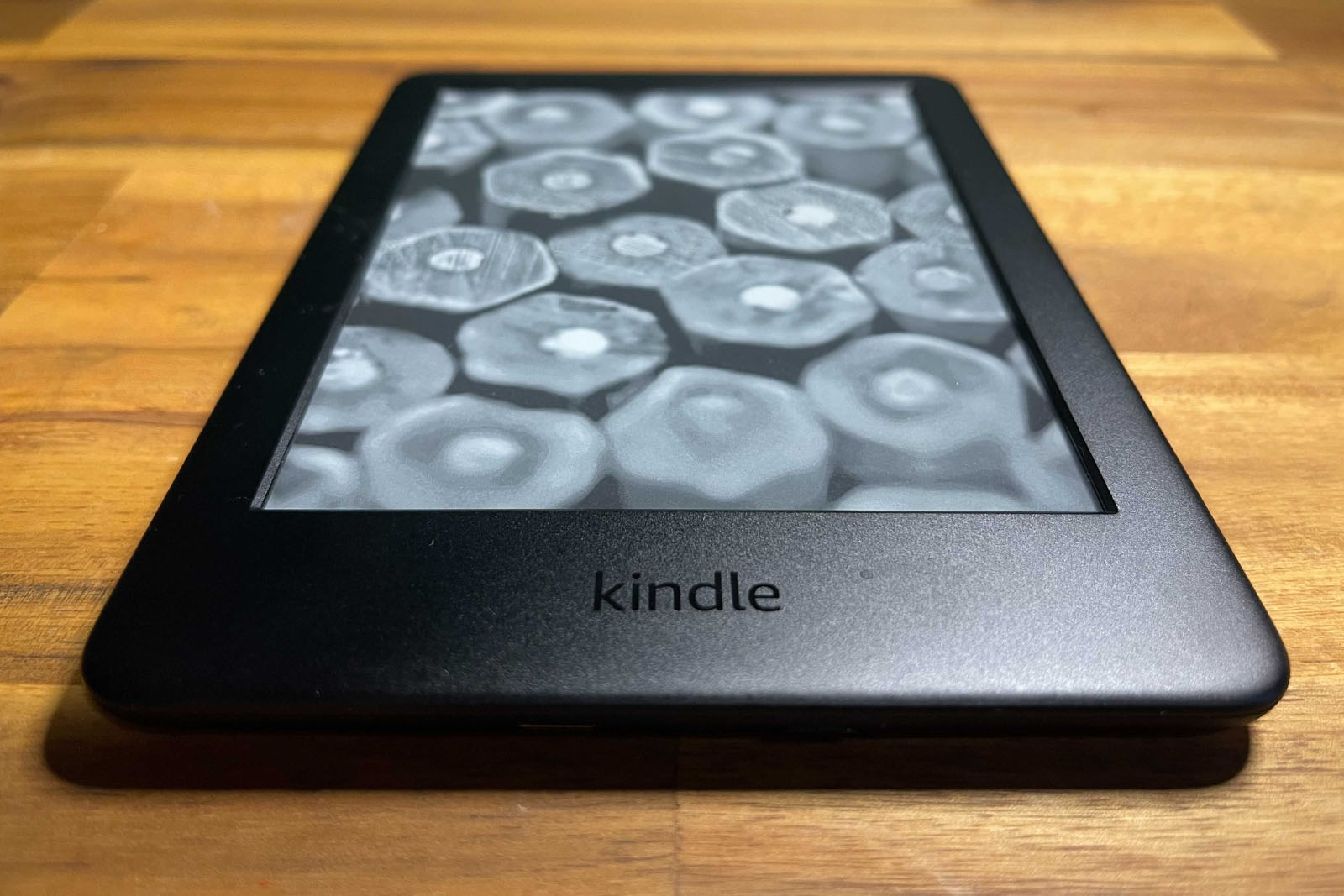Optus Mobile Review ALDI Mobile Review Amaysim Mobile Review Belong Mobile Review Circles.Life Review Vodafone Mobile Review Woolworths Mobile Review Felix Mobile Review Best iPhone Plans Best Family Mobile Plans Best Budget Smartphones Best Prepaid Plans Best SIM-Only Plans Best Plans For Kids And Teens Best Cheap Mobile Plans Telstra vs Optus Mobile Optus NBN Review Belong NBN Review Vodafone NBN Review Superloop NBN Review Aussie BB NBN Review iiNet NBN Review MyRepublic NBN Review TPG NBN Review Best NBN Satellite Plans Best NBN Alternatives Best NBN Providers Best Home Wireless Plans What is a Good NBN Speed? Test NBN Speed How to speed up your internet Optus vs Telstra Broadband ExpressVPN Review CyberGhost VPN Review NordVPN Review PureVPN Review Norton Secure VPN Review IPVanish VPN Review Windscribe VPN Review Hotspot Shield VPN Review Best cheap VPN services Best VPN for streaming Best VPNs for gaming What is a VPN? VPNs for ad-blocking Here’s a side-by-side comparison of the 10th generation Kindle, the Kindle Paperwhite and the Kindle Oasis: Upgrading to the Kindle Paperwhite will get you five backlight LEDs while the Kindle Oasis offers a whopping 25 LEDs. I just can’t imagine any scenario where you’d need the backlight to be any brighter. One benefit of electronic-paper displays is their readability in sunlight and as I’ve mentioned, the Kindle’s lowest brightness settings are more than enough so anything more seems redundant. Still, there are benefits to upgrading if you’re a bedtime bookwork. Most notably, the $399 Kindle Oasis has an adjustable warm light and auto-brightness, which allow the Oasis to best match the brightness to your lighting conditions. This optimises the brightness of the Oasis display, ultimately reducing the strain on your eyes. Black and white ereader displays aren’t suited to the colourful world of comics, for one, but the cramped display and low resolution certainly didn’t help. Larger ereaders like the Oasis also allow for landscape viewing, which is a nice option to have, just not a significant one. I’ve been using the Kindle for roughly ten days and the remaining battery life is sitting at 27%. Kindles should typically last for around 25 to 28 hours of reading time, and so far my experience is on-track to match those expectations. If you do experience shorter battery life than normal, you can try switching the WiFi off when it’s not required (e.g. when you’re not shopping for books) and bumping the brightness down during the day but all in all, you shouldn’t notice much of a difference. The 10th generation Kindle is still charged via an included micro USB cable. That’s fine as there’s no real reason for the Kindle to make the switch to USB-C (besides faster charging) but it’s worth mentioning as more and more devices make the jump, you’re bound to have fewer micro USBs lying around the house.


